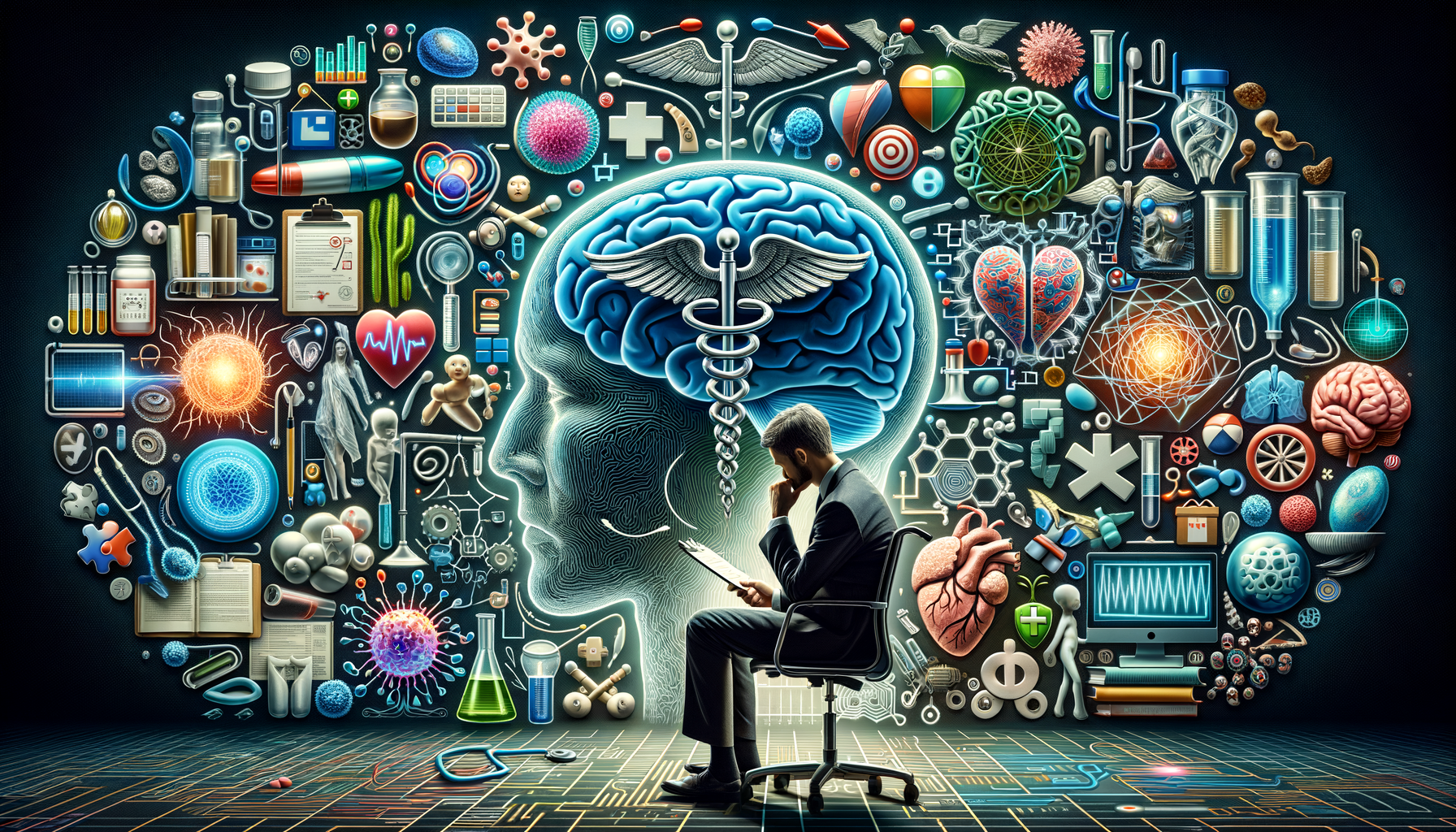Understanding Aphasia: A Complex Communication Disorder
Aphasia is a neurological condition characterized by the impaired ability to process language, often resulting from a stroke or head injury. This disorder affects various aspects of communication, including speaking, understanding, reading, and writing. The complexity of aphasia arises from the diverse ways it can manifest, depending on which areas of the brain are affected. For instance, Broca’s aphasia, often associated with damage to the frontal lobe, leads to difficulties in speech production, whereas Wernicke’s aphasia, linked to the temporal lobe, results in challenges with language comprehension.
Understanding aphasia requires recognizing the different types and their symptoms. The main types include Broca’s aphasia, Wernicke’s aphasia, global aphasia, and anomic aphasia. Each type presents unique challenges:
- Broca’s Aphasia: Speech is laborious and non-fluent, but comprehension is often preserved.
- Wernicke’s Aphasia: Speech is fluent but often nonsensical, with significant comprehension difficulties.
- Global Aphasia: Severe impairment in both speech and comprehension, often seen immediately after a stroke.
- Anomic Aphasia: Difficulty in finding the right words, particularly nouns and verbs.
By understanding these types, healthcare providers can tailor their approach to meet the specific needs of individuals, ensuring more effective treatment strategies.
The Impact of Aphasia on Daily Life
The effects of aphasia extend beyond communication, influencing various aspects of daily life and emotional well-being. Individuals with aphasia often face challenges in expressing their thoughts and understanding others, leading to frustration and social isolation. The inability to communicate effectively can affect relationships, employment, and overall quality of life.
Aphasia can also impact family dynamics, as loved ones may struggle to adjust to new communication methods. This can lead to feelings of helplessness and stress within the family unit. Moreover, individuals with aphasia may experience a loss of independence, as tasks that were once simple, such as making a phone call or reading a menu, become daunting challenges.
Addressing the emotional and psychological impact of aphasia is crucial in treatment. Support groups, counseling, and therapy can help individuals and their families navigate these challenges. Encouraging participation in social activities and fostering an environment of patience and understanding can significantly improve the emotional health of those affected by aphasia.
Effective Treatment Strategies for Aphasia
Treating aphasia involves a multidisciplinary approach, combining various therapies to address the specific needs of the individual. Speech and language therapy is the cornerstone of aphasia treatment, focusing on improving communication skills through exercises and practice. Therapists work with patients to enhance their ability to speak, understand, read, and write.
In addition to traditional therapy, innovative approaches such as computer-assisted therapy and telepractice have gained popularity. These methods provide flexibility and accessibility, allowing patients to practice communication skills at their convenience. Furthermore, incorporating technology, like speech-generating devices, can offer alternative communication methods for those with severe aphasia.
Other treatment strategies include:
- Group Therapy: Provides a supportive environment where individuals can practice communication skills with peers.
- Constraint-Induced Language Therapy (CILT): Encourages the use of verbal communication by restricting non-verbal methods.
- Melodic Intonation Therapy (MIT): Utilizes musical elements to improve speech production in individuals with non-fluent aphasia.
By combining these strategies, healthcare providers can create comprehensive treatment plans that cater to the diverse needs of individuals with aphasia, promoting recovery and improving communication abilities.
The Role of Caregivers and Family in Aphasia Recovery
Caregivers and family members play a vital role in the recovery process of individuals with aphasia. Their support and involvement can significantly influence the effectiveness of treatment and the overall well-being of the person affected. Understanding the challenges faced by individuals with aphasia and learning effective communication strategies are crucial for caregivers and family members.
One of the primary roles of caregivers is to provide emotional support and encouragement. This involves being patient, offering reassurance, and celebrating small victories in communication. Creating a supportive environment at home, where the individual feels comfortable expressing themselves, is essential for building confidence and fostering progress.
Caregivers can also assist in therapy by practicing communication exercises and reinforcing strategies learned in sessions. This active involvement can enhance the effectiveness of therapy and help maintain progress outside of clinical settings. Additionally, caregivers should be informed about the latest treatment options and resources available, ensuring that they can advocate effectively for the needs of their loved ones.
To support caregivers, resources such as support groups, educational workshops, and counseling services are invaluable. These resources provide a platform for sharing experiences, gaining insights, and receiving guidance, helping caregivers manage the demands of their role while maintaining their own well-being.
Innovations and Future Directions in Aphasia Treatment
The field of aphasia treatment is continuously evolving, with research and technological advancements paving the way for innovative therapies. One promising area of research is neuroplasticity, which explores the brain’s ability to reorganize and adapt following injury. Understanding neuroplasticity has led to the development of therapies that aim to stimulate brain recovery and improve communication skills.
Technological innovations, such as virtual reality (VR) and artificial intelligence (AI), are also being explored as tools for aphasia treatment. VR can create immersive environments for practicing communication skills, while AI-powered applications can offer personalized therapy exercises and real-time feedback. These technologies have the potential to enhance traditional therapy methods, providing engaging and effective treatment options.
Furthermore, the integration of wearable technology, like brain-computer interfaces, is being investigated for its ability to facilitate communication in individuals with severe aphasia. These devices can translate neural signals into speech or text, offering new avenues for expression.
As research continues, the future of aphasia treatment holds the promise of more personalized and effective therapies. By harnessing the power of technology and understanding the brain’s capacity for recovery, healthcare providers can offer innovative solutions that improve the lives of individuals with aphasia.




Leave a Reply